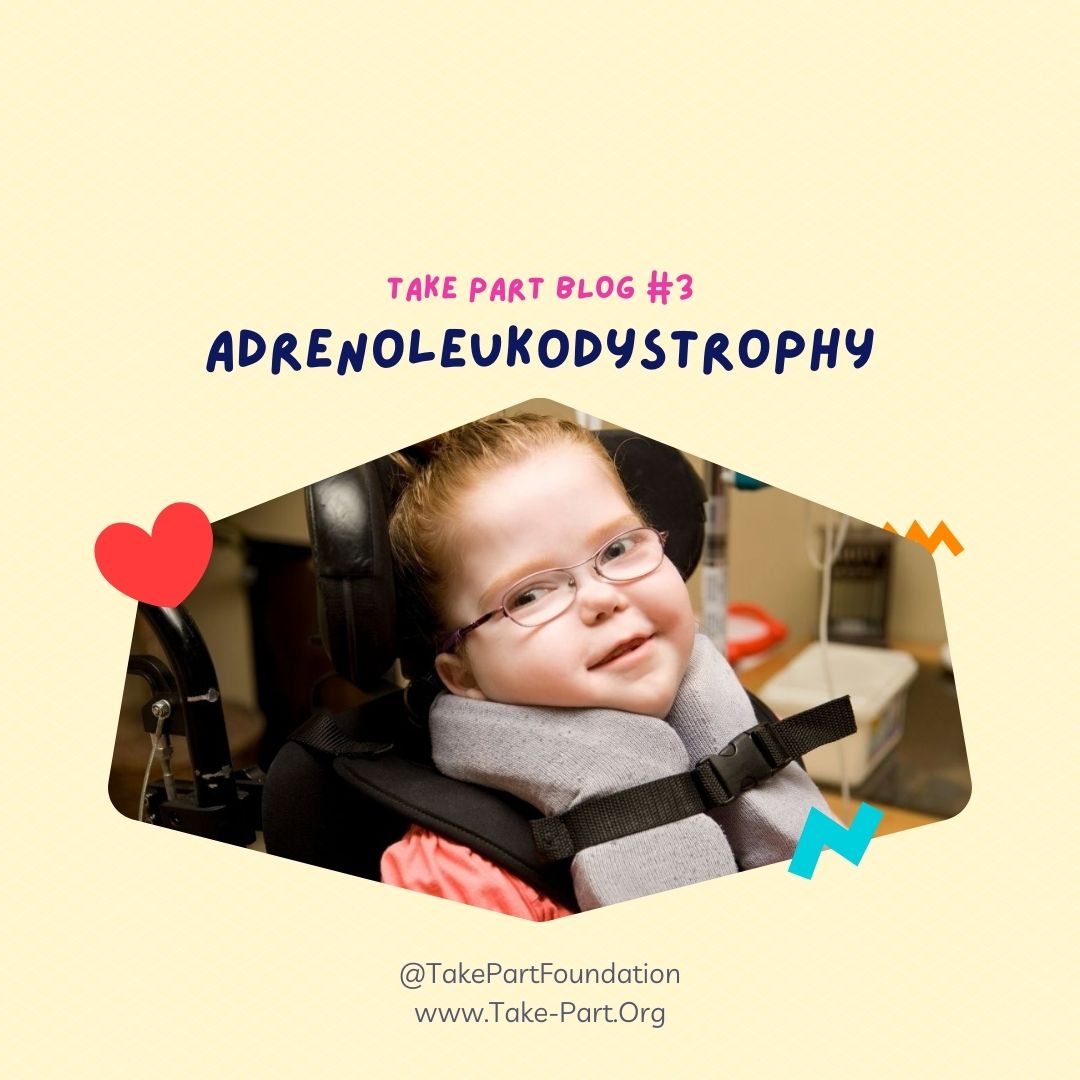- Home
- Blog #3 – Adrenoleukodystrophy

Blog #3 – Adrenoleukodystrophy
Adrenoleukodystrophy
Wow – as we send out our medical professionals to find out about rare diseases, understanding them is difficult, but pronouncing this is a whole new beast! Fortunately it is more commonly known as ALD.
If this is our first blog you are reading, we like to get some medical professionals to do some research so we can understand and help you (as a parent or a friend of a family) to better understand what it is and more importantly, what communities can you be a part of.
Enjoy the community, let us know how we can help. If you have a child with rare conditions, click here to create a warrior page.
If you just know someone we would love for you to follow what we are doing, engage in some of the crazy events that we do, and click here if you want to donate or help raise some awareness for these millions of families fighting for possible during this tiring fight.
Medical Information about ALD:
With so many confusing things out on the internet, we also want you to also remember that Take Part supports children like yours on a day to day basis! If you want people to know the TRUTH of what your child is going through, go ahead and create a warrior profile through our website. This can be used to raise awareness on social media, or simply just shared between friends and family for updates.
As a team, none of us ARE doctors; however we work with some amazing medical professionals that have given us more insight below. Please continue reading and use the information to navigate your own personal journey or share with anyone you may know may benefit.
Here are a few things that we DO know:
- We know that Adrenoleukodystrophy (ALD) is X-linked, which means that a genetic condition known as leukodystrophies, damages the myelin sheath that insulates the nerve cells in your child’s brain.
- We know these kids with X-ALD have very high levels of accumulation of saturated very long chain fatty acids in the adrenal cortex and brain. These kids with X-ALD may also suffer from adrenal dysfunction, causing Addison’s disease.
- As the myelin sheath gets damaged, the nerve cells which allow it to think and control the muscles which no longer function properly. Based on the symptoms and age of onset, it can be broken down into three main types which along their symptoms are given below.
Infant-onset ALD
It is the most aggressive form which occurs in your child between the age of 4 and 10. The brain is damaged progressively which worsens over time and may lead to death within 10 years if not diagnosed early.
Symptoms might include:
- Behavioral changes including poor performance and poor memory
- Impaired adrenal functions
- Learning problems and progressive dementia
- Disturbances in coordination
- Deafness, vision, and swallowing problems
Adrenomyeloneuropathy
It is also known as an adult-onset condition which appears in your children at early adulthood or at middle age between 21 to 35 years. In adversely affected individuals, the brain and nervous system damage can result in early death. The symptoms might include:
- Progressive weakness and stiffness of legs
- Paralysis of lower limbs
- Ataxia
- Behavioural and thinking disturbances
Addison’s disease
It is also called adrenal insufficiency, which occurs in your child when the adrenal glands do not make sufficient hormones. It occurs at any time during childhood or adulthood. The symptoms include:
- Vomiting, nausea and gastrointestinal problems
- Fatigue and weakness
- Hypoglycemia and hypotension
- Hyperpigmented skin
- Weight loss
Diagnosis
The diagnosis is usually based clinical evaluation, biochemical tests, and the family history
- Blood tests to measure the levels of fatty acids
- Genetic test to identify the mutation in ABCD1 gene causing ALD
- Adrenocorticotropic hormone Test
- MRI of brain to identify the damage
Treatment and management
The only effective treatment is stem cell transplant. The adrenal hormones treatment could also be lifesaving. Patients with X-ALD are usually offered symptomatic care. However, the administration of Lorenzo’s Oil which is the erucic acid and oleic acid mixture has been proven to delay or prevent the cerebral condition in children.
Prognosis
The childhood cerebral X-ALD has poor prognosis until the stem cell therapy is carried out. Death usually occurs due to progressive neurological decline usually within 1 to 10 years of age.
Who is at most risk for Adrenoleukodystrophy?
As it is an X linked disorder, your male children are at most risk of getting the disease as compared to females because males have only one X chromosome. As females have two X chromosomes, they could carry the gene without having symptoms.
Facebook Support Groups:
https://www.facebook.com/AdrenoleukodystrophyAwareness
https://www.facebook.com/aldsupport
https://www.facebook.com/Fight-Adrenoleukodystrophy-ALD-114320215251614
https://www.facebook.com/groups/37706242858
https://www.facebook.com/groups/1480386522075248
Website with Support Groups:
https://www.navigatingald.com/ald-support/groups-and-organizations
